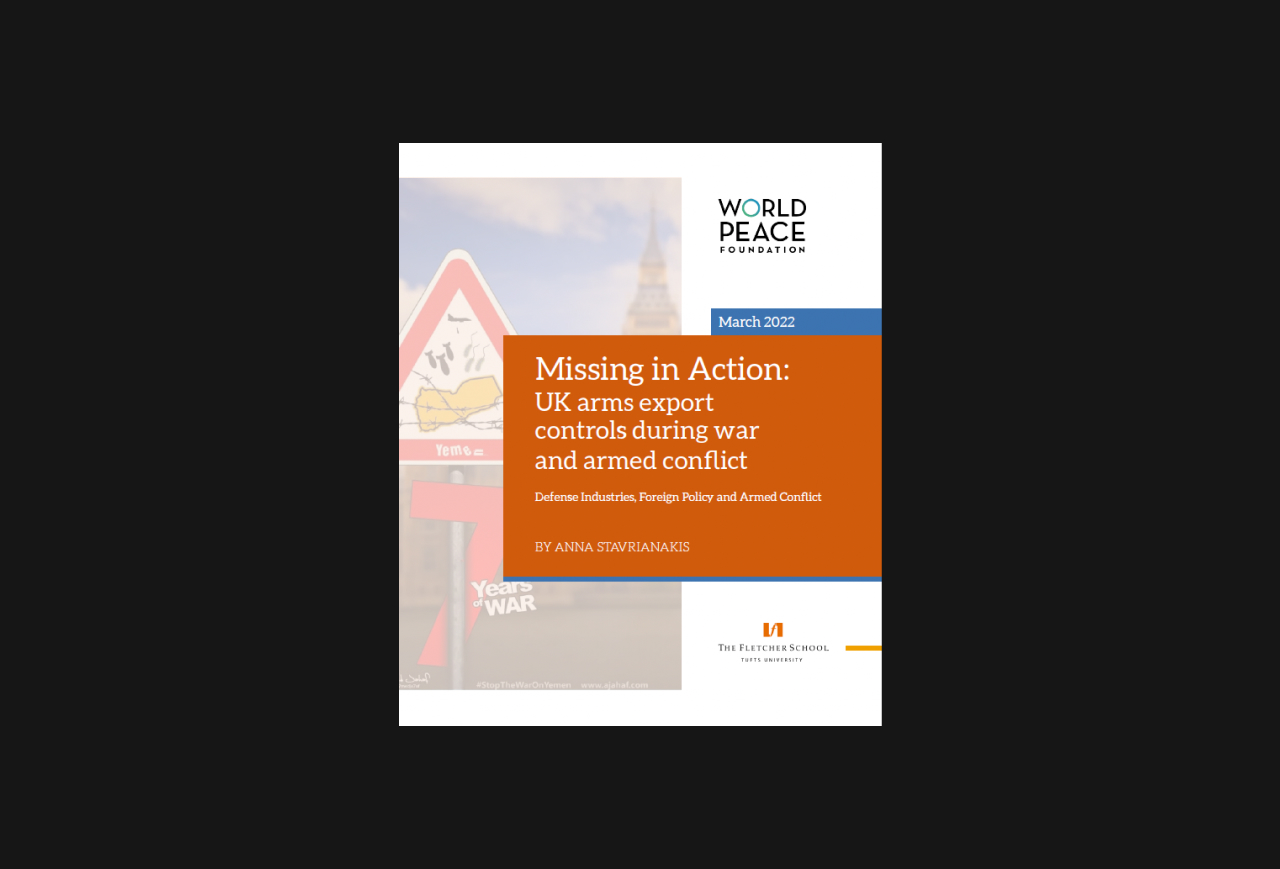Just Security today ( Sept. 19, 2019) published a new blog essay by Ilya Sobol and Margherita Stevoli (who is a partner in our project Accountability for Starvation, with Global Rights Compliance). It offers insightful analysis of the recent bombing of Saudi Arabian oil facilities, and we cross-post it below.
As was reported over the weekend, two key oil facilities in Saudi Arabia were subject to drone attacks on Sept. 14, damaging 17 structures at the Abqaiq facility and 2 at the Khurais facility, disrupting half of Saudi Arabia’s oil capacity, and affecting the global oil supply.
The drone attacks were claimed by the Houthi rebels, an armed group operating in Yemen, which said to have launched the aerial attacks and later threatened to carry out more attacks against Saudi Arabia’s oil infrastructure.
Some U.S. officials raised doubts about the capability of the Houthis to carry out an attack against facilities that are situated more than 500 miles from Yemen. Secretary of State Mike Pompeo accused Iran of being behind the attacks. At the same time, the United Nations Panel of Experts on Yemen recently reported that the Houthis have acquired advanced drones that could have a range of up to 930 miles, raising the possibility that the attacks could have actually been carried out by the group.
While President Donald Trump has remained silent about the serious violations of International Humanitarian Law (IHL) committed by parties to the conflict in Yemen, he condemned the Saudi oil attacks, which resulted in zero casualties. He also offered support for “Saudi Arabia’s self-defense” and confirmed the commitment of the United States “to ensuring global oil markets are stable and well supplied.”
These attacks raise several key questions. Two we’d like to address are whether they change the current classification of the conflict in Yemen, and second, whether oil facilities are targetable under IHL?
The actors involved in the attacks and the classification of the conflict
IHL operates on the basis of a dichotomy of international and non-international armed conflicts (IACs and NIACs), where classification depends on the nature of the belligerent parties involved. Despite the multiplicity of actors involved in the conflict in Yemen, all of the ongoing conflicts remain non-international in their nature as none of them occur between two or more States, but only between States and organized groups and between such groups. The same conclusion has been reflected in the recent report by the U.N. Group of Eminent Experts on Yemen. A non-international conflict between a State and an organized armed group can turn into an international one, provided that a third State exercises control over the conduct of the non-State armed group to the extent that such conduct can be attributed to the intervening State. While most of the customary rules governing conduct of hostilities are equally applicable in both IACs and NIACs, re-classification of a conflict into an international one would change, most importantly, the status of persons participating in hostilities, the rules governing their detention and prosecution.
While there have been some indications that Iran is supporting the Houthis’ military campaign, the provision of training, arms or financial support alone would not suffice for the ‘internationalization’ the conflict. In other words, provided that the attacks in Saudi Arabia were indeed conducted by the Houthis, they would be covered by the rules of the pre-existing non-international armed conflict between the group and Yemen, with Saudi Arabia being a ‘co-belligerent’ State in the conflict.
The legal framework governing the attacks would, however, change if the attacks were conducted by Iran. Under IHL, any “resort to armed force between States” would trigger an international armed conflict, even if such use of force is limited to minor skirmishes. An attack carried out by a State against the infrastructure of another State, regardless of whether it has been carried out in support of the Houthis’ military action or independent from it, would certainly qualify as a “resort to armed force,” thus triggering an international armed conflict between the two States and bringing about the application of IHL to their actions, including the rules governing the conduct of hostilities.
The legality of the attacks against oil facilities
The second question raised by the attacks is whether they have been conducted against a legitimate military target or whether they amount to an attack against civilian objects, an act prohibited by IHL.
Military objectives are defined in Article 52(2) Additional Protocol I (API) as:
“objects which by their nature, location, purpose or use make an effective contribution to military action and whose total or partial destruction, capture or neutralization, in the circumstances ruling at the time, offers a definite military advantage.”
While this provision is applicable only in IACs as a matter of treaty law, its equivalent rule of customary law applies in NIACs.
The requirements outlined in Article 52(2) API need to be met cumulatively, i.e. the object must both make an “effective contribution to military action” and the attack on it must offer “a definite military advantage” to the party that carries it out.
With regard to the first requirement, it is questionable whether oil facilities can provide an “effective contribution to military action.” The core of the debate is whether economic assets, including oil facilities, can constitute, by their very nature, legitimate military objectives in as they may eventually result in the purchase of arms and may ultimately enable the adversary to continue fighting. Some have argued that oil installations are an example of what would normally constitute a military objective, provided that they make an effective contribution.
Most notably, the United States. interprets the requirement of “military action” as including “war-sustaining” capabilities, and has previously targeted ISIS-controlled oil infrastructure on that basis This approach has been criticized for being too expansive and has not been accepted to be a valid interpretation of article 52(2) API. As some have pointed out, if this notion were to be accepted, “almost every civilian activity might be construed by the enemy as indirectly sustaining the war effort.”
Further, Article 52(2) API requires attacks to provide a “definite” military advantage. This requirement prohibits belligerents from carrying out attacks that would make them gain a mere hypothetical or speculative advantage. Rather, parties are required to engage in military attacks only if it can be foreseen that an attack will provide them with a concrete and tangible advantage, given the circumstances at the time. This excludes the possibility for a party to target the general industrial and agricultural potential of the economy of a party to the conflict. As a consequence, attacks against oil facilities are unlikely to provide the attacking party with a concrete military advantage, rather they are more likely to result in the disruption of the economic apparatus of a State.
Another issue arising from these kinds of attacks relates to the environmental damage that can occur in the aftermath of an attack against such facilities. Toxic air pollution, the poisoning of water resources and the devastation of maritime life are all possible effects of attacks against oil refineries and oil storage facilities. IHL specifically prohibits the use of “methods and means of warfare which are intended, or may be expected, to cause widespread, long-term and severe damage to the natural environment” and requires belligerents to take all feasible precautions to avoid, and, in any event, to minimize, incidental damage to the environment.
While the actual environmental damage of the attacks is yet to be seen, the rule of precaution is based on the standard of a “reasonable military commander,” i.e. the measures taken must be based on the information available to them at the time of the attack, and targeting of oil infrastructure is known to result in serious environmental problems.
It therefore appears that regardless of who the actors are behind the attacks (whether Iran itself or the Houthi rebels) and the classification of the conflict in Yemen, the attacks cannot be justified under IHL on a number of grounds. Paradoxically, it is the United States that is voicing the loudest criticism and concern about these attacks while being the State that has advanced the legal interpretation that allows the targeting of objects like oil facilities.


